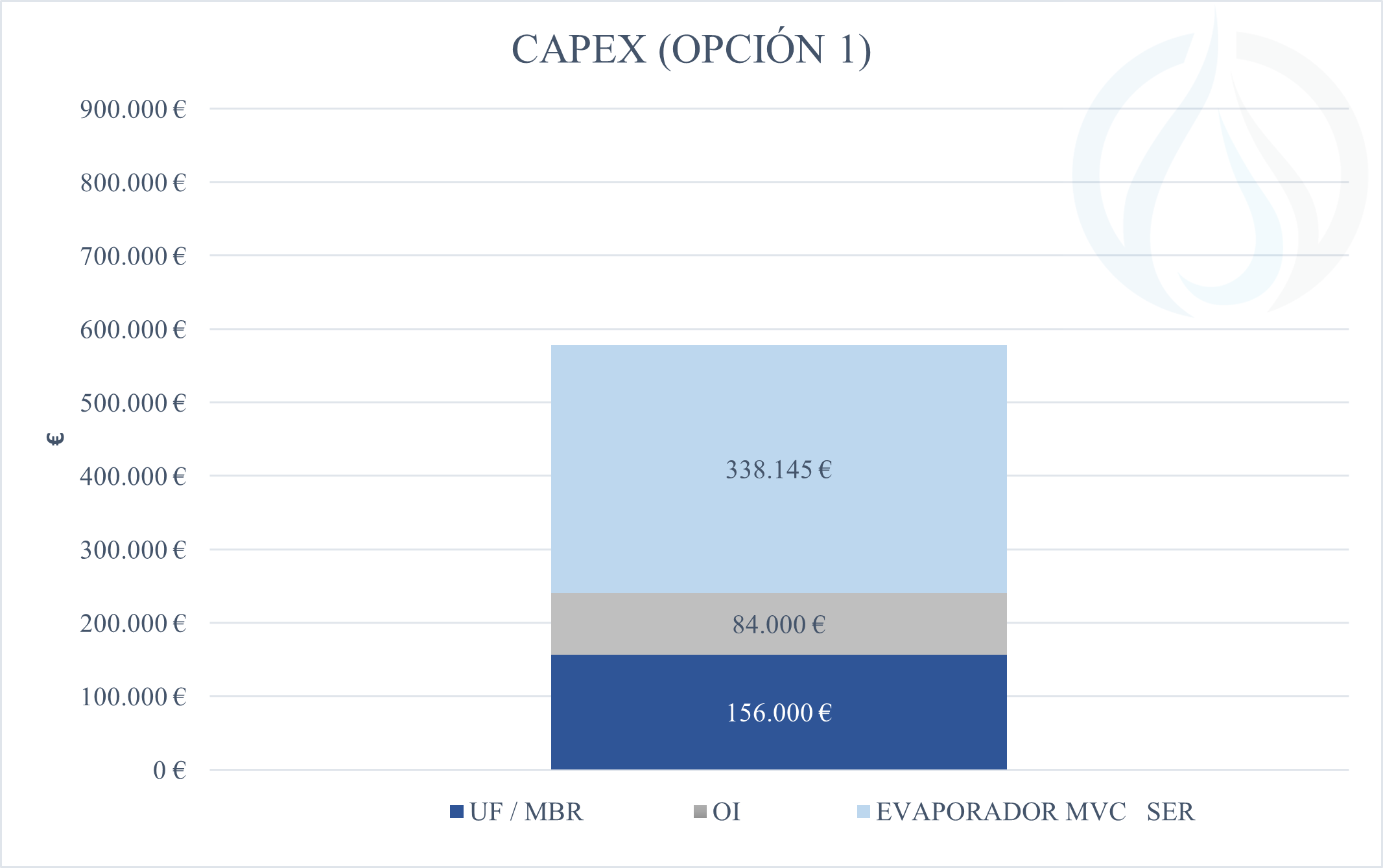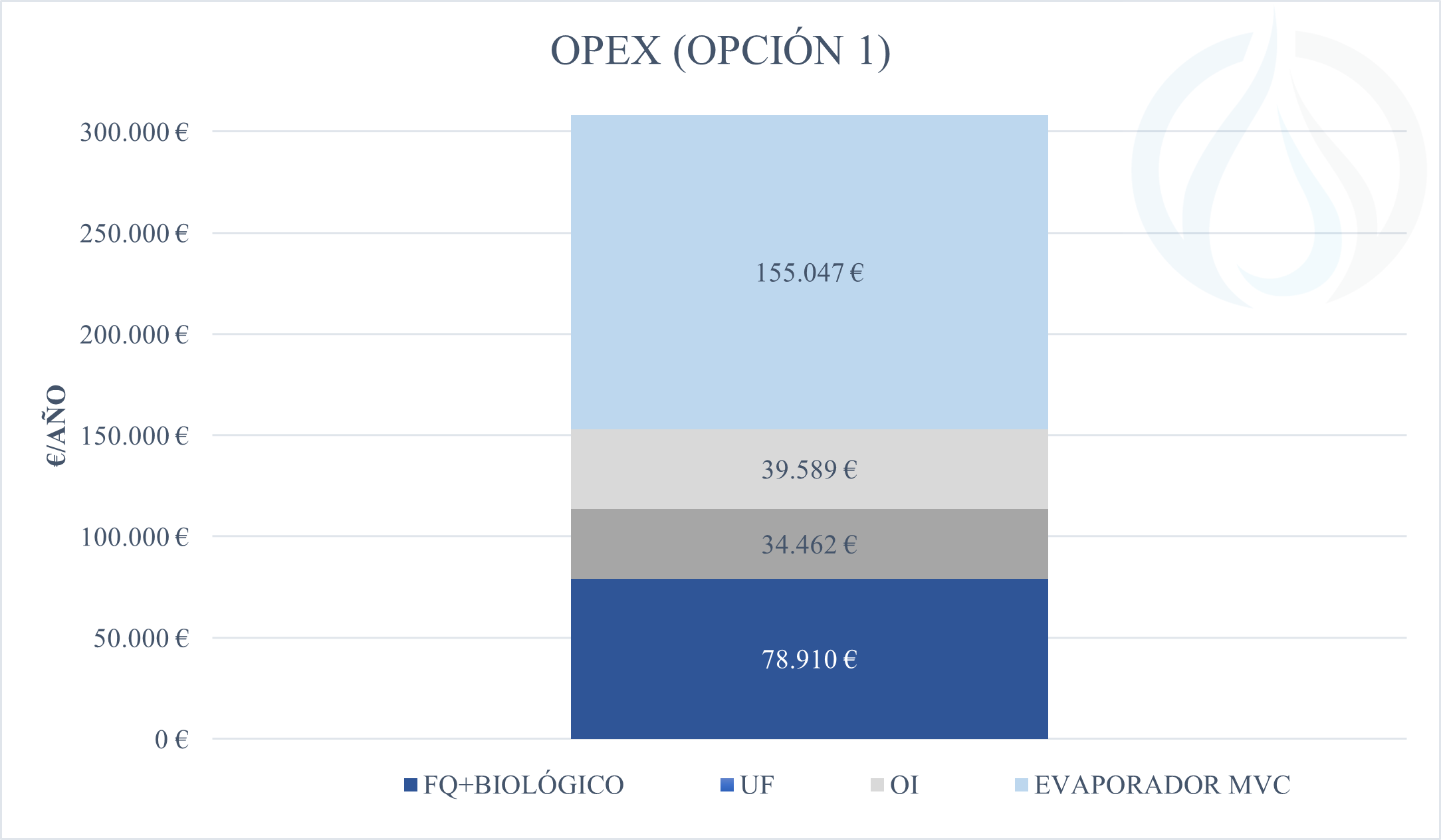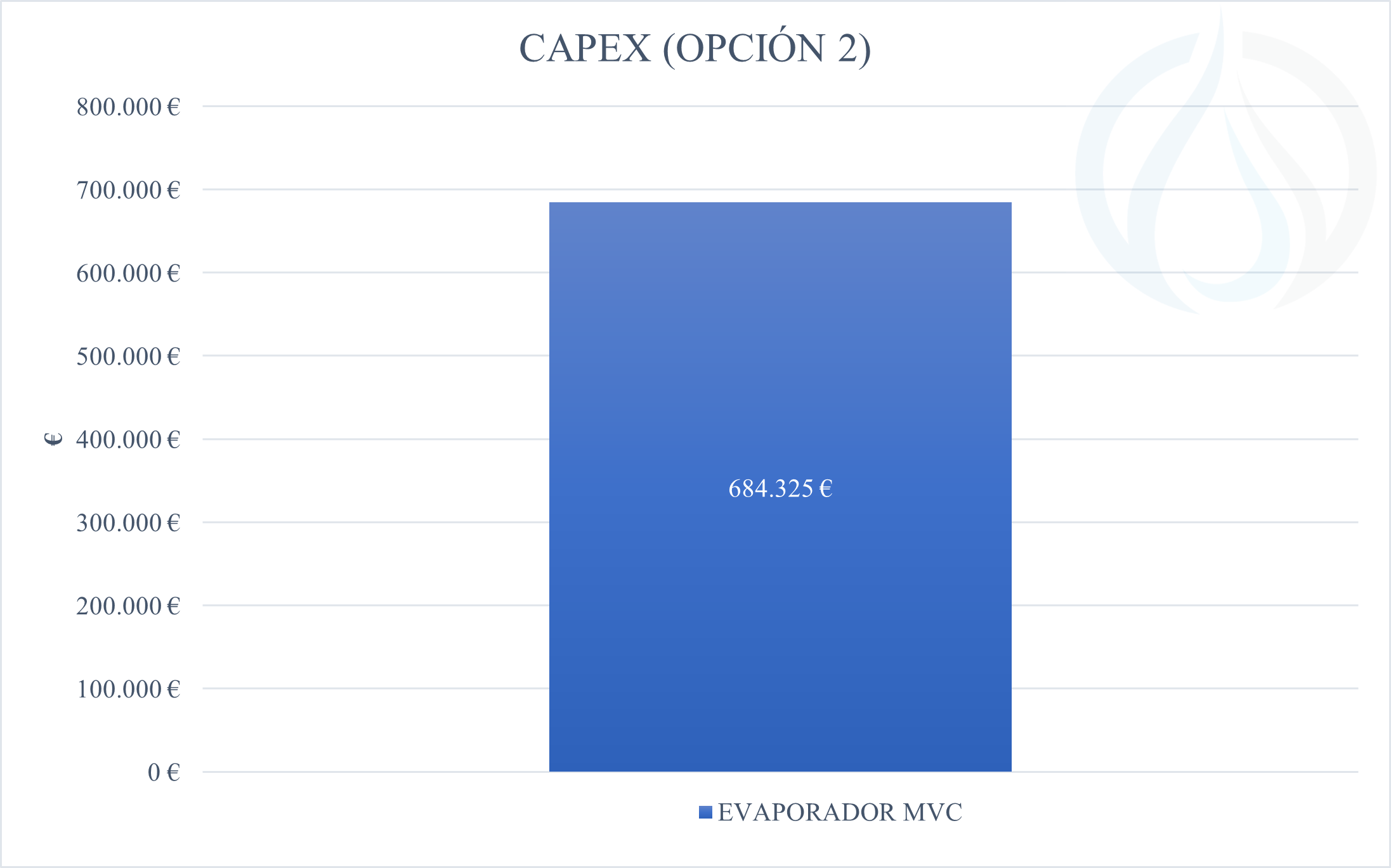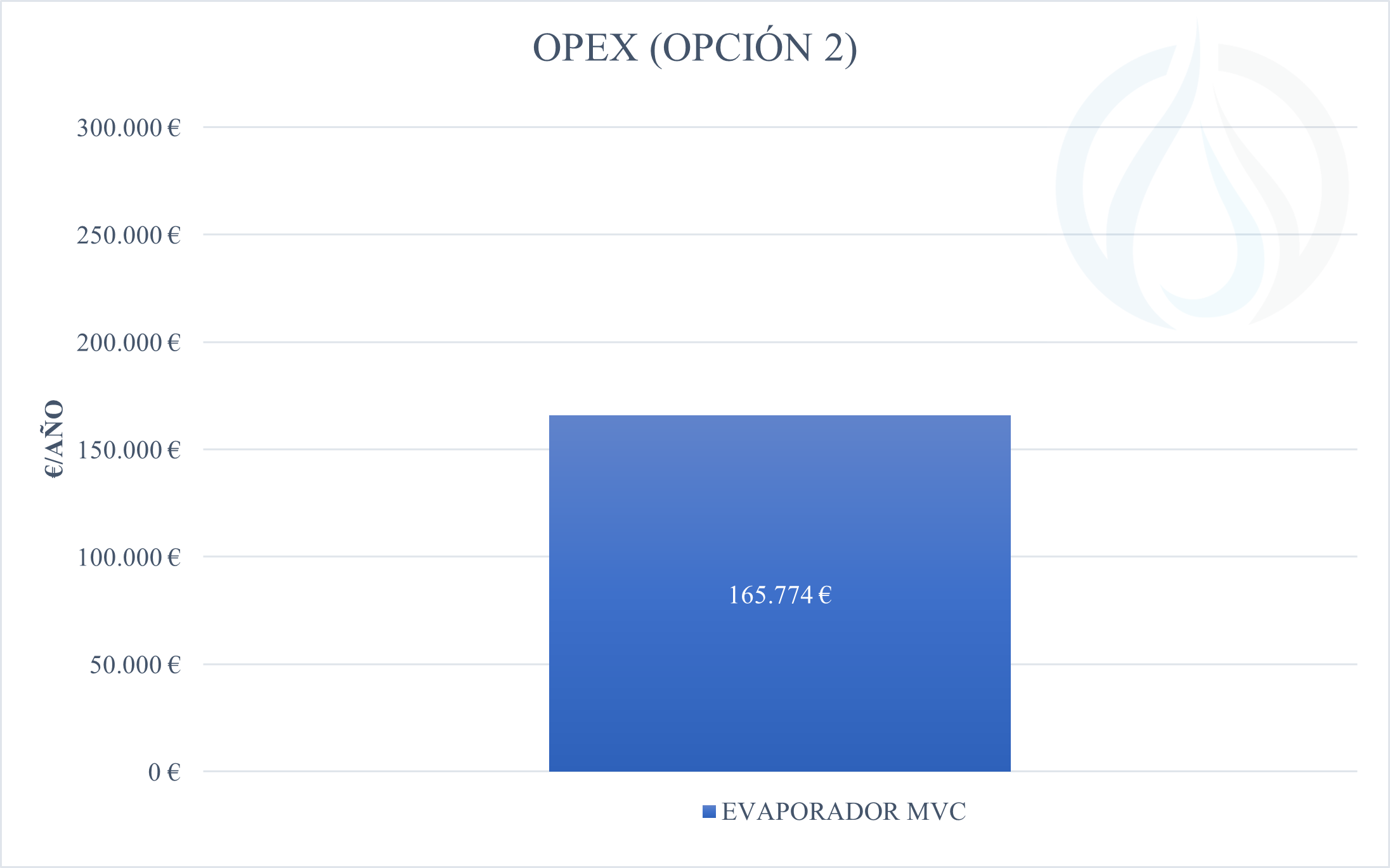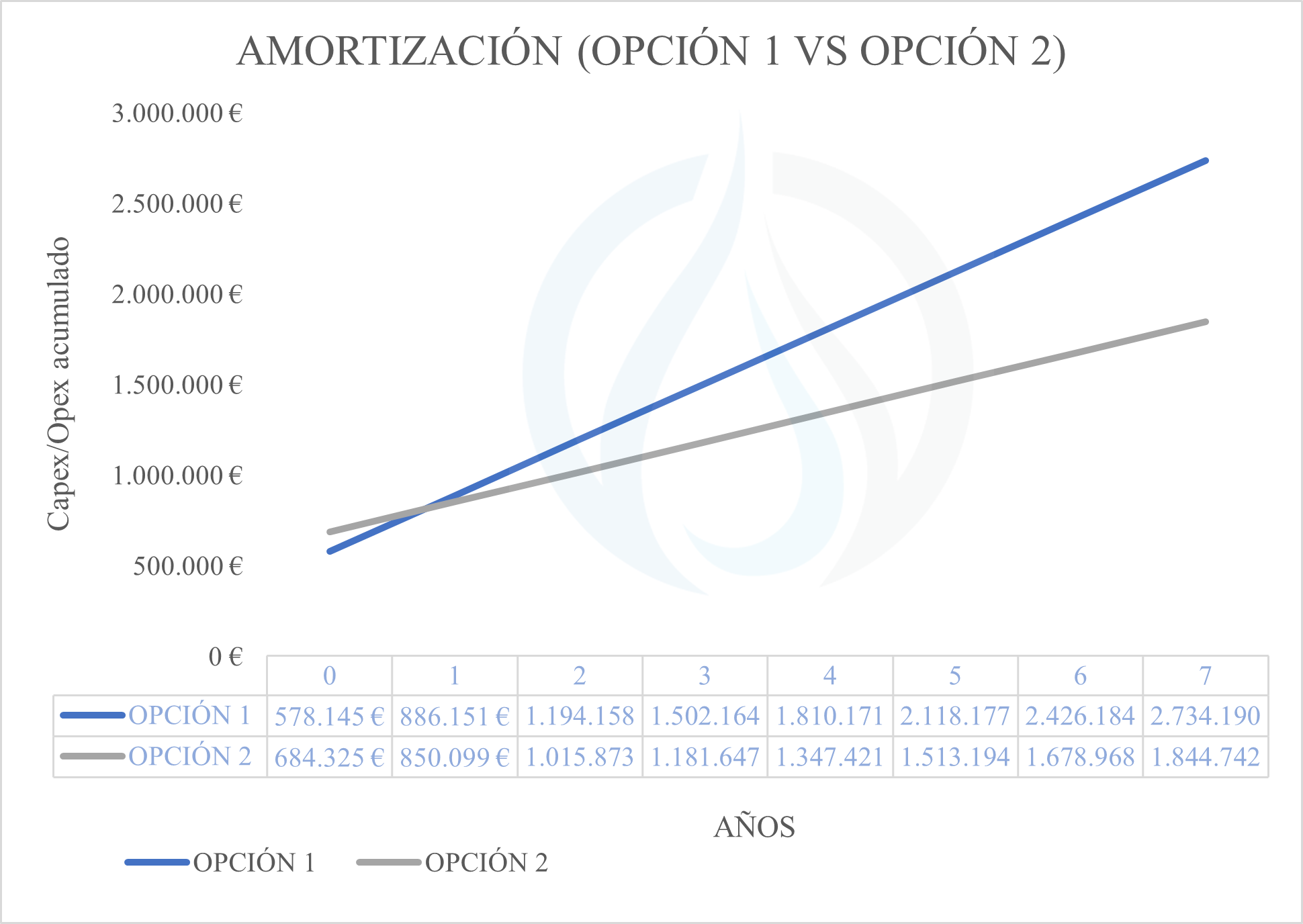COMPARISON VS MEMBRANES
EVAPORATORS VS MEMBRANES
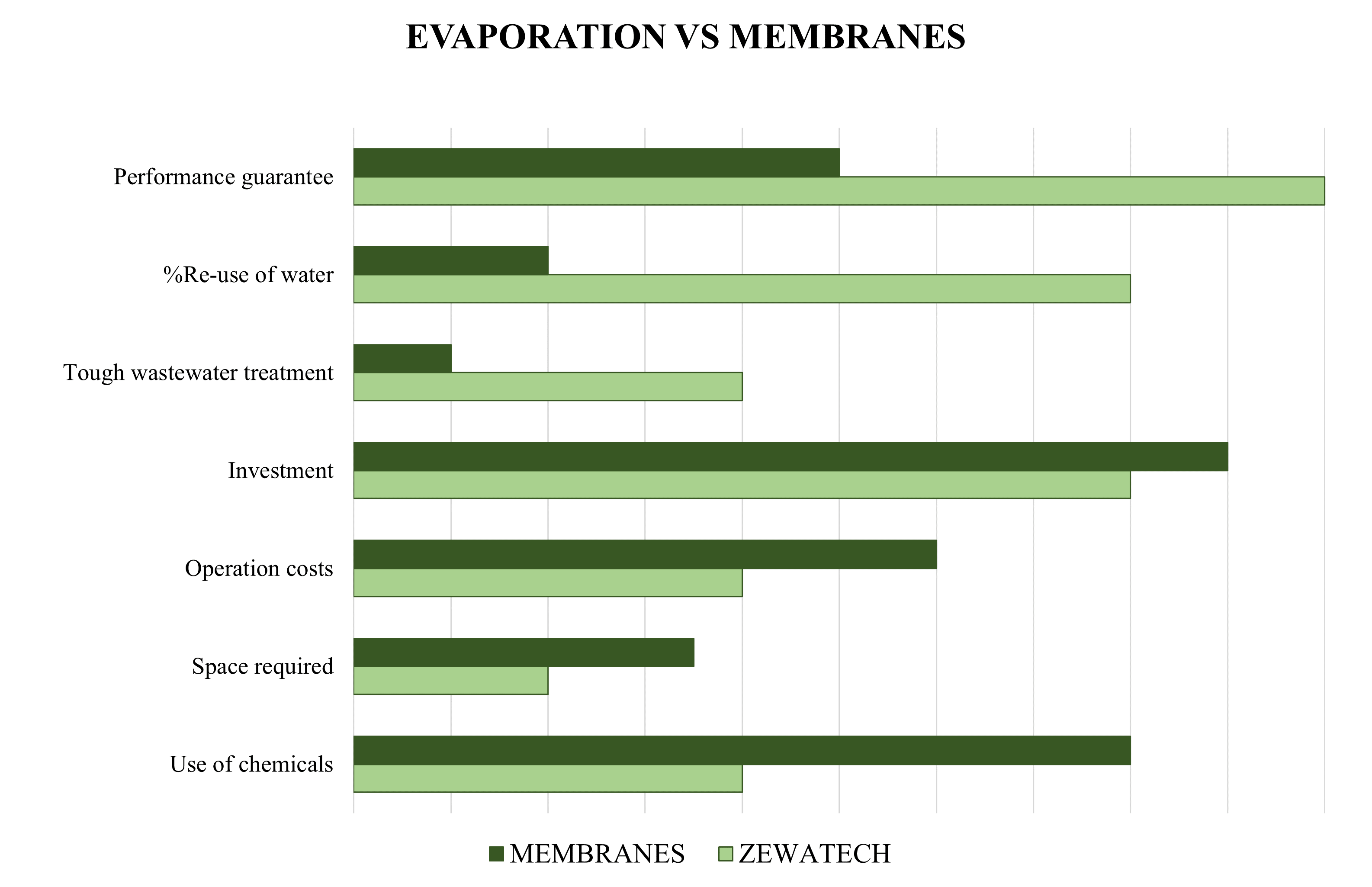
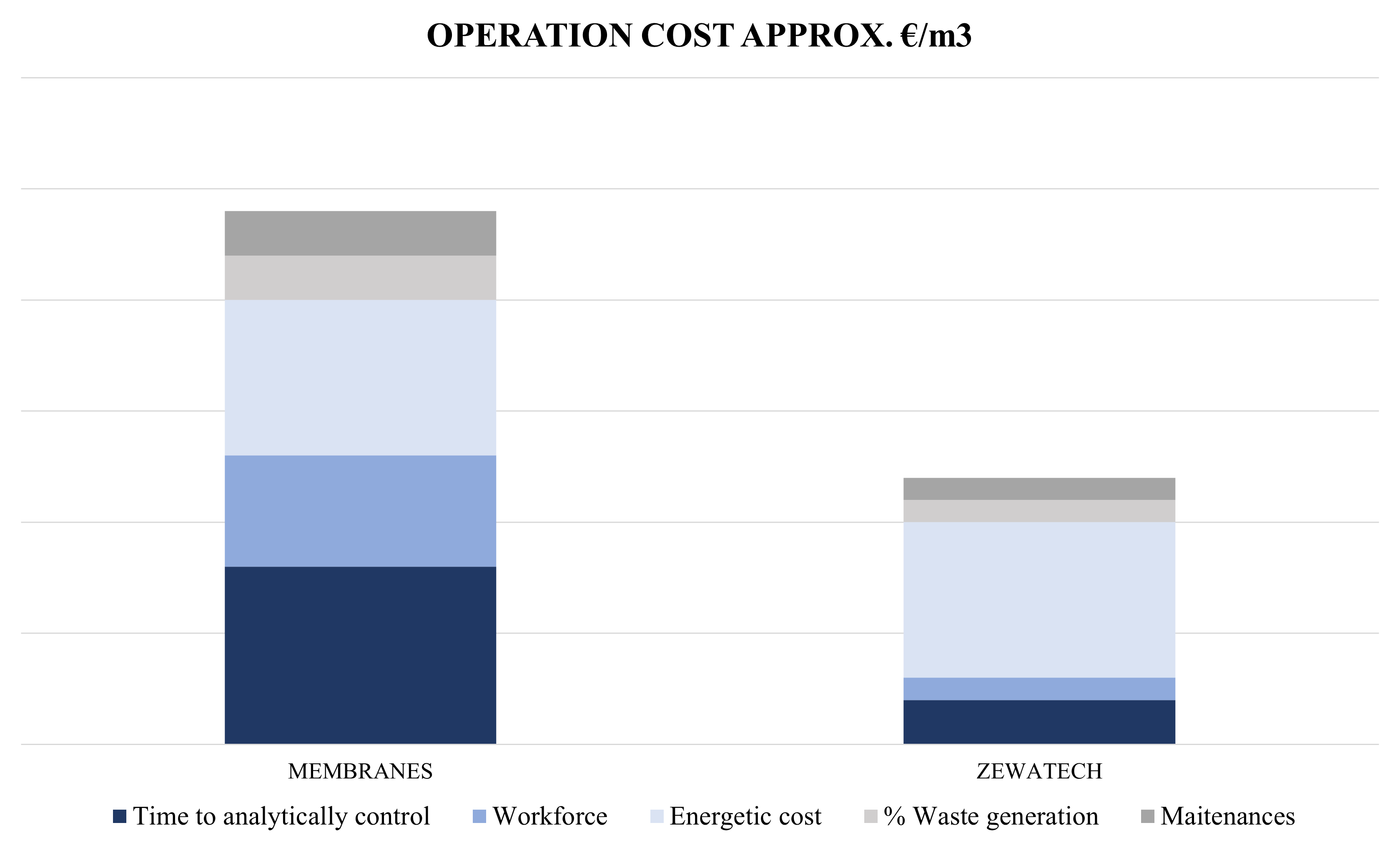
Usually, the most commonly used wastewater treatment systems are evaporators and membranes.
Membranes and evaporators are two technologies used to separate liquids and solids from a solution. While evaporators use heat to evaporate water and concentrate dissolved solids, membranes use a semipermeable barrier to filter specific molecules and produce purer, high-quality solutions.
Although both processes have their advantages and disadvantages, the choice between membranes and evaporators depends on the specific needs of the application, such as the quantity and quality of the required solution and production costs.
The main advantage of evaporation over membranes is the high flow rate that an evaporator can handle compared to a membrane.
Additionally, an evaporator can concentrate a much larger amount of waste. This allows not only the recovery of a larger fraction of the water contained in the waste to be treated, which can be reintroduced and reused in other processes, but it also purifies the other components of the water to be treated, giving them added value for trade or, in the case of water, reuse in other processes.
On the other hand, the installation of an evaporator is simpler because it takes up less space and requires less control and maintenance.
ZEWATECH, A NEW OPORTUNITY TO WASTEWATER
Evaporation is an economically and environmentally safe way to minimize wastewater. High-quality recycled water can be recovered for reuse, and the resulting residue can be managed at minimal cost.
Thanks to ZEWATECH ZLD systems, a very high percentage of treated water can be reused, and in many industries, it is even possible to achieve 100% wastewater reuse.
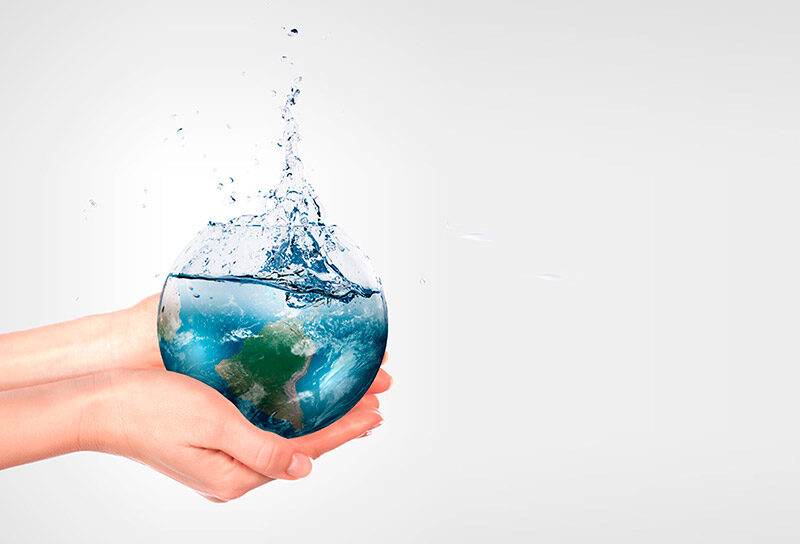
CASE STUDIES
For the management of wastewater from a textile company near Barcelona, ZEWATECH conducted a comparative study of two proposed solutions for the company.
The first proposal involved receiving the wastewater in a tank where a physicochemical treatment was performed, followed by a biological treatment, then passing it through a membrane, and finally directing it to a mechanical vapor compression evaporator.
The second proposal, on the other hand, was based on storing the wastewater in a homogenization tank and then introducing it into an evaporator.
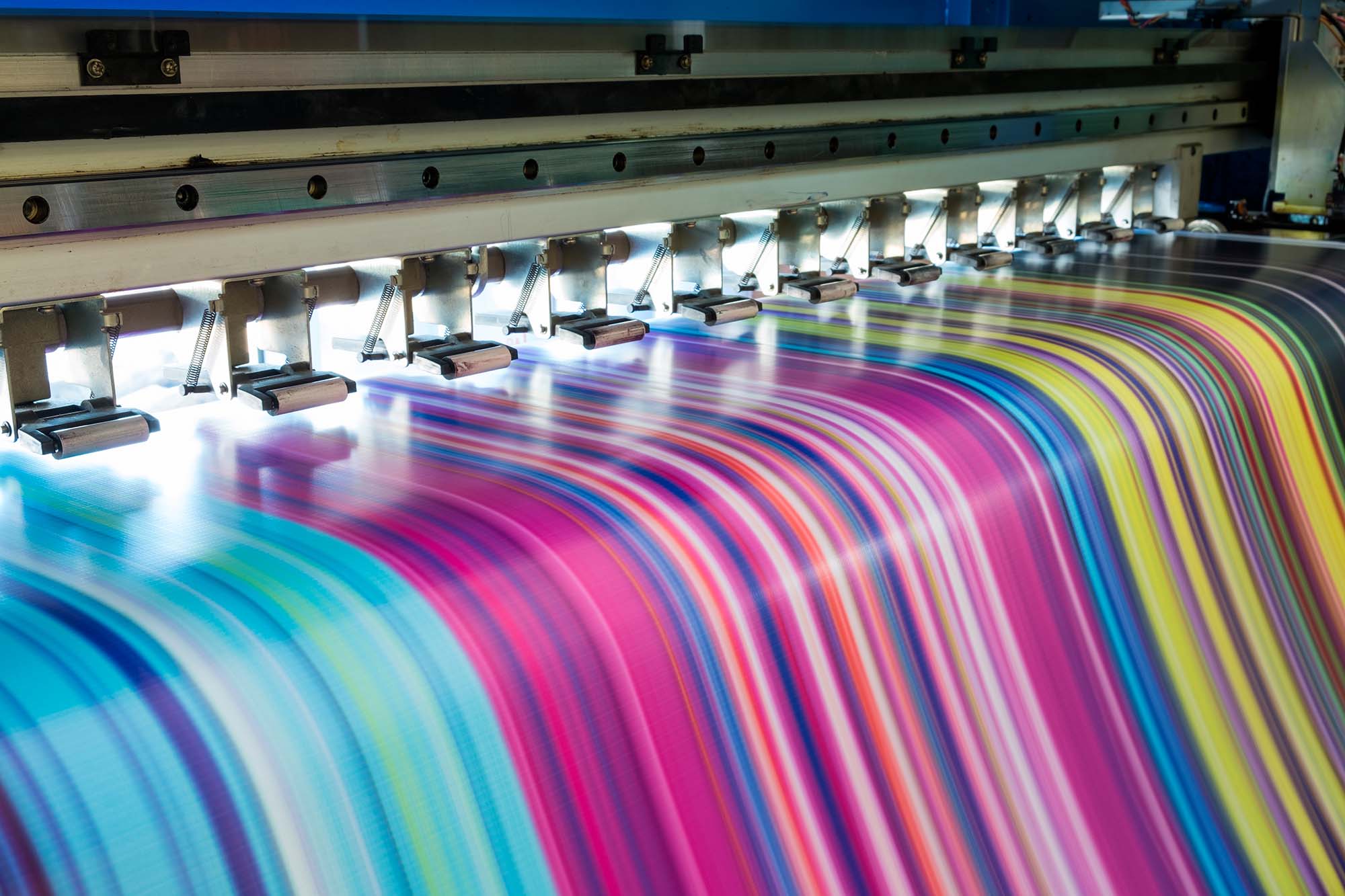

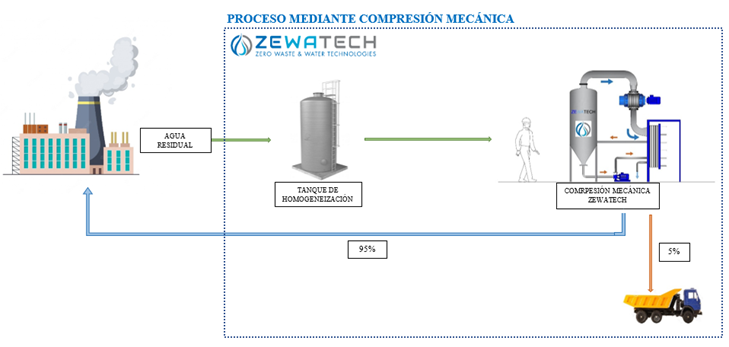
This study compares both the initial investments and the operating costs of the two management systems, resulting in the total costs over the years.
Clearly, although both options include an evaporator, the one in the second option treats a larger flow because it has not gone through previous treatment processes, and consequently, it is larger and requires a higher investment.
